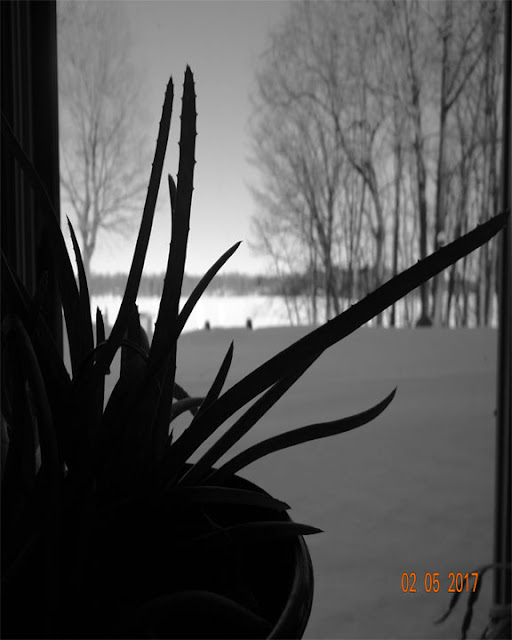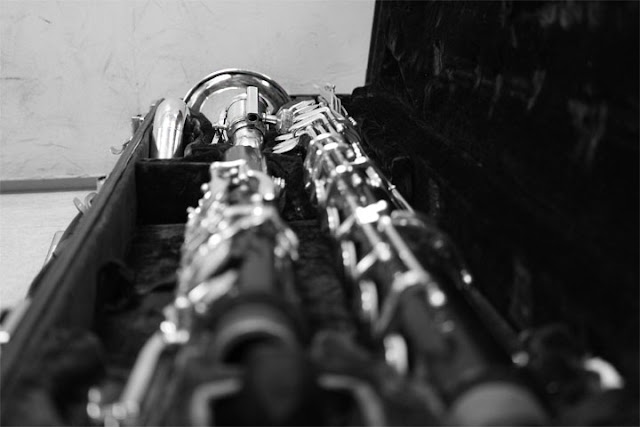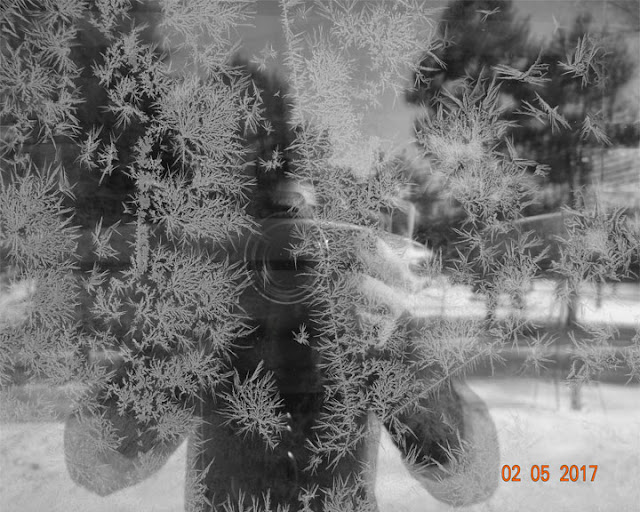With the likes of Instagram available at our finger tips, we have gotten used to seeing black and white photography, but how do we make good Black and White Photography. I don't have all the answers, but hopefully these few tips will help boost you Black and white Photography game.
The following tips are just a few things that I have found make better photography. All the following tips are demonstrated in High School student work.
Tip 1: Try to find something visually interesting. If it was boring in color it will most likely not be improved much by going monochrome.

Tip 2: Find contrast.
- Contrast might be finding object that are all ready light and dark, or using shadows to create you dramatic colors.

Tip 3: Use Natural Light.
- Natural light is a no brainer and should be used as much as possible in any style of photography, but the quality of light really shines through in black and white photography.
Tip 4: Look for Texture:
- Avoid front lit texture, because that is pretty pointless, however other texture create interest in you photos.

Tip 5: Look for patterns
- This could be brick, structures, threaded, or even a repeating texture. Pattern adds interests and makes the eyes happy.

Tip 6: Pay attention to interesting shapes and lines.
- Shapes are great, especially when you can find odd ones. Look around your area, are their any funny windows, or statures with holes, or even stairwells you can see down or under.

Tip 7: Shadows
- Any day you can use a shadow is a good day! Find ways to make shapes with your shadows, find the golden hour and play with the shadows that the low sun creates. (Link to a golden hour calculator http://www.golden-hour.com/)

Here are a few other Photos worth showing from our Black and White Unit.







I hope you enjoyed! If you want to stay in the look don't forget to Follow the blog before you leave.


























